It’s the sort of place you have to savour at least once in your lifetime. Cape Grace Hotel is a source of wonder, distinctively perched between Cape Town’s vibrant V&A Waterfront and the tranquil yacht marina. You could not wish for a more storied retreat from which to revel in the splendour of the Mother City’s natural and cultural radiance.

Backed by the monumental grandeur of Table Mountain and the other soaring landmarks like Signal Hill (where a cannon is still fired at midday) and Lion Rock, it’s just a bridge walk away to the glittering V&A Waterfront, abuzz with bars, eateries and intoxicating street theatre, most notably those high-octane marimba bands.

After a delicious buffet breakfast, I met up with my &Beyond driver/guide, Nassar, who whisked me westwards to the celebrated playground of Cape Winelands, past the sprawling townships of the Cape Flats, where shanties stretch for 20km. As the undulating valleys wreathed in vineyards shuffled into view, before arriving in Franschhoek, Nassar drove me to the main entrance of Groot Drakenstein Prison.

You may know it better by its former name, the maximum-security Victor Verster Prison, which was the last place in which Nelson Mandela was incarcerated. He spent 14 months here before he famously ventured through these gates on his walk to freedom in 1990. At the prison gates stands a beautiful life-size bronze statue of him with his fist defiantly raised. The statue was commissioned by Tokyo Sexwale, a well known businessman who himself spent 13 years on Robben Island. You’ll see a lot of statues honouring Mandela around the Cape, but this one is the best.

Franschhoek (French Corner) takes its name from its first European settlers, French Huguenots who fled to the Cape to escape Catholic persecution in France in the late 1600s. By the early 18th century about 200 Huguenots had settled in the Cape; today their descendants—with names like de Villiers, Malan and Joubert are embedded in the tapestry of the Cape. With their experience in French vineyards, the early Huguenots were instrumental in nurturing a wine-making culture in South Africa.

Franschhoek is a salivating wine centre, where its long valley is ringed by sky-scratching mountain ranges, with peaks as pointy as witches hats, and fed by a single road that slinks through town. As soul-stirring as the valley is today, it must have been even more eye-popping back in the 17th century, when it teemed with wild game. Vast herds of elephants would migrate to the valley in the calving season. The last wild elephant in the valley died in the 1930s. Some leopards still survive high in the mountains, but don’t expect to see them.
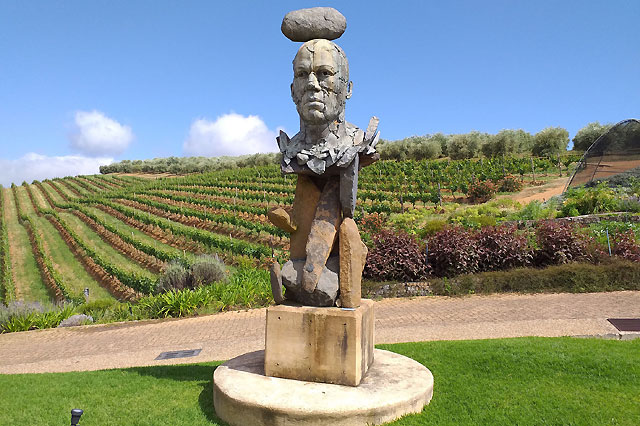
What I did feast my eyes on was the serrated mountainous scenery, the atmospheric village, its beautifully renovated cottages and impeccably landscaped gardens. Franschhoek is so lush a local remarked to me that “it’s like living in a lettuce.” The genuine sense of being ensconced in a valley here, with snow on the surrounding mountains in winter, has always made it feel worlds apart from anywhere else in the country. Besides its scenic advantages, it boasts the highest concentration of fine-dining restaurants in Africa, with its main street evolving into a pulsating culinary mecca.

To trace the history of the Huguenot community here, visit the Huguenot Memorial Museum. Its main building is modelled after the Saasveld house, built in 1791 by renowned Cape architect Louis Thibault in Cape Town. Wall displays profile some of the early Huguenot families, the development of Cape Dutch architecture and the relationship of the Huguenots with the Dutch East India Company.
Wine time? Framed by the dramatic Drakenstein Mountains with lavender fields and meadows, Allée Bleue is one of the oldest wine farms in the Cape. This picturesque estate is well known for its fresh and fruity white wines and well-matured, spicy reds. You can taste their award-winning wines on the tree-shaded terrace overlooking the vineyards, or by an open fire in the tasting room.

Another star specimen is L’Ormarins. Dating from 1811, the archetypal Cape Dutch manor house is festooned with flowers and framed by majestic peaks, but instead of remaining in the past, this winery has embraced the future and pumped serious money into a major revamp. L’Ormarins is the main estate and part of the Rupert empire, but there are five labels produced by their various farms dotted around the Western Cape. The wines include the premium Anthonij Rupert range, the L’Ormarins label, Terra Del Capo, Cape of Good Hope, and Protea range. I also marvelled over Tokara’s wine tastings and their knock-out setting.

We then called into Delaire Graaf, a star-spangled wine estate that’s nestled between majestic mountains affording sweeping vistas across the vineyards of Stellenbosch. Delaire Graff Estate touts itself as South Africa’s most desirable art, hospitality and wine destination. A magnificent Cape Winelands property, it boasts two outstanding restaurants, a state-of-the-art winery, exclusive lodges, a destination spa and luxury boutiques. Striking Cape Dutch architecture meets African artefacts and styling, with original artworks from Laurence Graff’s personal collection on display throughout, representing some of South Africa’s finest contemporary artists. There’s Graaf diamonds for sale from the on-site jeweller, naturally. Sparkling, swanky and undeniably chi-chi, you wouldn’t have to try hard to blow your budget here.

The Wine Lounge is masterly designed: a stunning copper roof and full-length glass walls, traditional dry packed stone and oak-trussed ceilings make way for an expansive traditional teak floor. Lionel Smit’s African Woman and collaborative work by Robert Hodgins, William Kentridge and Deborah Bell create a truly sophisticated and opulent setting. Elegant whites include Chardonnay and Chenin Blanc while Delaire Graaf’s Cabernet Franc rosé is particularly pleasing.

From there we scooted to the blockbuster town of Stellenbosch, founded in 1679 by Gov. Simon van der Stel, who built Groot Constantia and planted hundreds of oak trees throughout the Cape. Today Stellenbosch is known informally as Eikestad, or “City of Oaks.” The lovingly restored and oak-lined streetscapes of Dorp, Church, and Drosdty make Stellenbosch the most historic of the Winelands towns, with the largest number of Cape Dutch houses in the region, along with majestic examples of Georgian, Victorian, and Regency architecture.

I casually strolled the oak-lined streets for several hours, browsing the wondrous assortment of art galleries and boutique stores permeating the town. Dorp Street is like a national monument, flanked by meticulously restored homes from every period of the town’s history. I stopped to admire Schreuderhuis, a pioneer cottage and considered the oldest restored town house in South Africa, dating back to 1709. Redolent of tobacco, dried fish, and spices, follow your nose to the 19th-century-style trading post on Dorp St, Oom Samie Se Winkel.

In addition to the usual tourist kitsch, Oom Samie Se Winkel sells some genuine South African produce, including witblitz and mampoer, both Afrikaner versions of moonshine. The store has a great restaurant, too. Some of Stellenbosch’s most historic buildings face the Braak, the grassy town square, which is a national monument. St. Mary’s Church stands at the far end of the Braak. Built in 1852 as an Anglican church, it reflects the growing influence of the English in Stellenbosch. The town is also home to the University of Stellenbosch, the country’s first and most prestigious Afrikaner university.

Heading back to Cape Town, Nassar talked about his Cape Malay slave heritage and we stopped over in the city’s multi-coloured neighbourhood of cube-like houses. Bo-Kaap is the historic home of the city’s Muslim population, brought from the East as slaves in the late 17th and early 18th century. The Auwal Mosque, the oldest mosque in South Africa, built in 1798, is also here. You’ll know you’re in the Bo-Kaap when you hear the call of the muezzin from one of the many mosques in the area.

The neighbourhood is a tractor beam for the selfie brigade and Instagram show-offery. The clueless didn’t think twice about cambering over people’s staircases and balconies, to nail the most Instagrammable pose. Hideous. Get here early to avoid the hordes. Today the area remains strongly Muslim, and it’s fascinating to wander the narrow, cobbled lanes past mosques and the largest collection of pre-1840 architecture in South Africa.
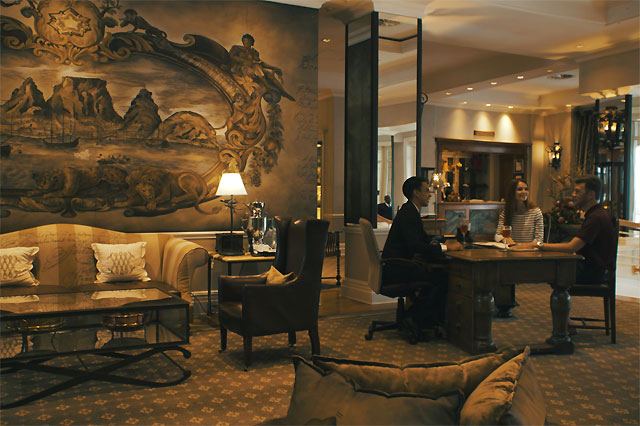
Ensconced back inside Cape Grace’s lap of luxury, it’s the hotel’s sure-footed sense of place and communion with its harbour origins that made my heart sing. Lavish arrangements of proteas and fynbos by the in-house florist catch the eye as you enter the lobby, which is richly decorated with homely leather sofas, stirring tapestries and handwoven carpets—paying homage to Cape Town’s maritime heritage. Door and lobby staff are unfailingly friendly and welcoming, setting the tone for the impeccable and personal customer service across the hotel, which seemingly hums like a very happy family.

Fynbos botanicals become a familiar friend for your nostrils at this hotel – they have developed their own perfume. References to the Cape’s colonial history are resplendent throughout, as every corridor and room is uniquely outfitted with a discerning selection of antiques and reproductions, and flamboyant splashes, such as chandeliers dripping with crockery as if salvaged from a shipwreck. The personality of this hotel is utterly infectious. You could be forgiven for thinking that you’re immersed in a rolling art gallery.

The Cape Grace collection is actually one of the most important and comprehensive public collections owned by and displayed by a South African hotel. The collection consists of more than 300 pieces of original antique furniture and artefacts that were all made or used locally. Yellowwood and stinkwood features prominently.
There are hospitality indulgences galore from the heated pool, (designed to look like you’re on an ocean liner) spa with sauna and steam room, hair salon, barber shop, high tea and daily wine orientation with an exemplary sommelier.

Signal Restaurant is a must for destination fine dining, where for dinner I feasted on the most sublime butter curry risotto with spiced line fish and grilled prawns, an ode to the city’s Cape Malay heritage. Other head-liners on the menu included panchetta wrapped ostrich and sugar-coated springbok loin. You can opt for a six-course tasting menu or order à la carte. You’ll fall in love with their buffet breakfast – which is more like a banquet spanning pastries, cheese, charcuterie, cereals, yogurts, mini quiches, fruit, salmon and a hot breakfast menu too. Plump for poached eggs and truffle-infused mushrooms on crispy rosti!
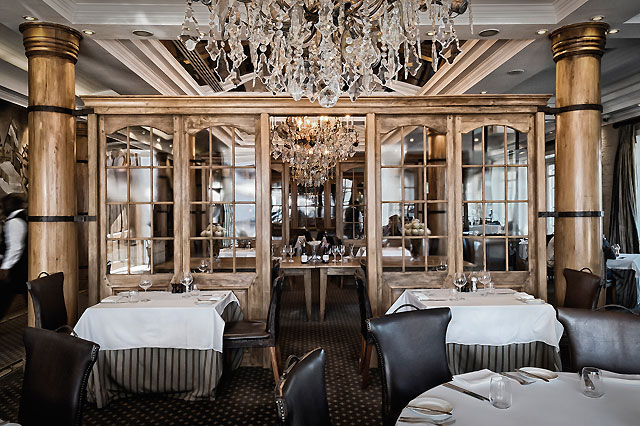
Be sure to pop into the wood-panelled Bascule, the hotel’s intimate whisky bar, fashioned like a ship’s galley. Informal whisky tastings are held most nights, and there’s an all-day menu of tapas, burgers and salads. Bascule boasts the one of the biggest whisky ranges in the Southern Hemisphere.
You’d struggle to find a guestroom in this property that doesn’t sport a dreamy view. All 120 rooms are individually decorated, with richly detailed interiors headlined by hand-painted fabrics, original ship manifests, authentic shipwreck salvaged goods, original Cape Dutch antiques, and bespoke chandeliers.

Artists were commissioned from the city’s townships to paint fabrics for curtains and bedspreads depicting Cape flora, local landscapes and nautical scenes. It’s such a nice touch. If you’ve grown wary of cookie-cutter hotels, no matter how many frills they throw into the deal, reawaken your senses at the undeniably superlative Cape Grace Hotel. https://www.capegrace.com

Now’s a great time to visit South Africa, with those pesky tourist visa requirements recently disbanded. World Journeys are experts in tailor-made travel to South Africa and elsewhere in Africa. Contact World Journeys 0800 117311 or go to www.worldjourneys.co.nz/south-africa




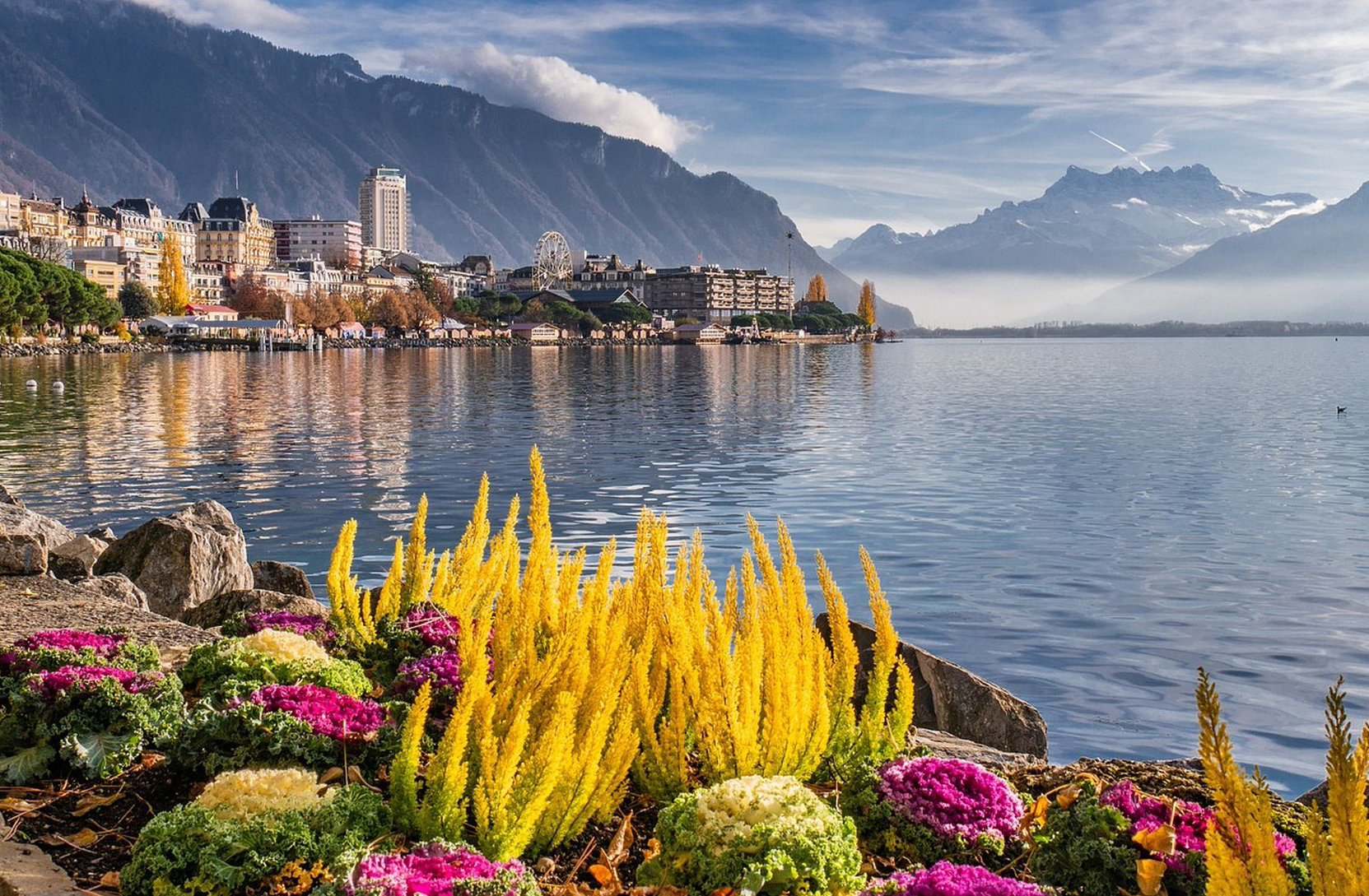

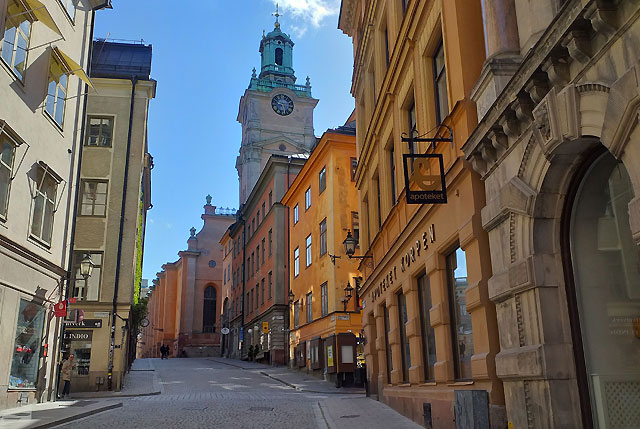





Recent Comments